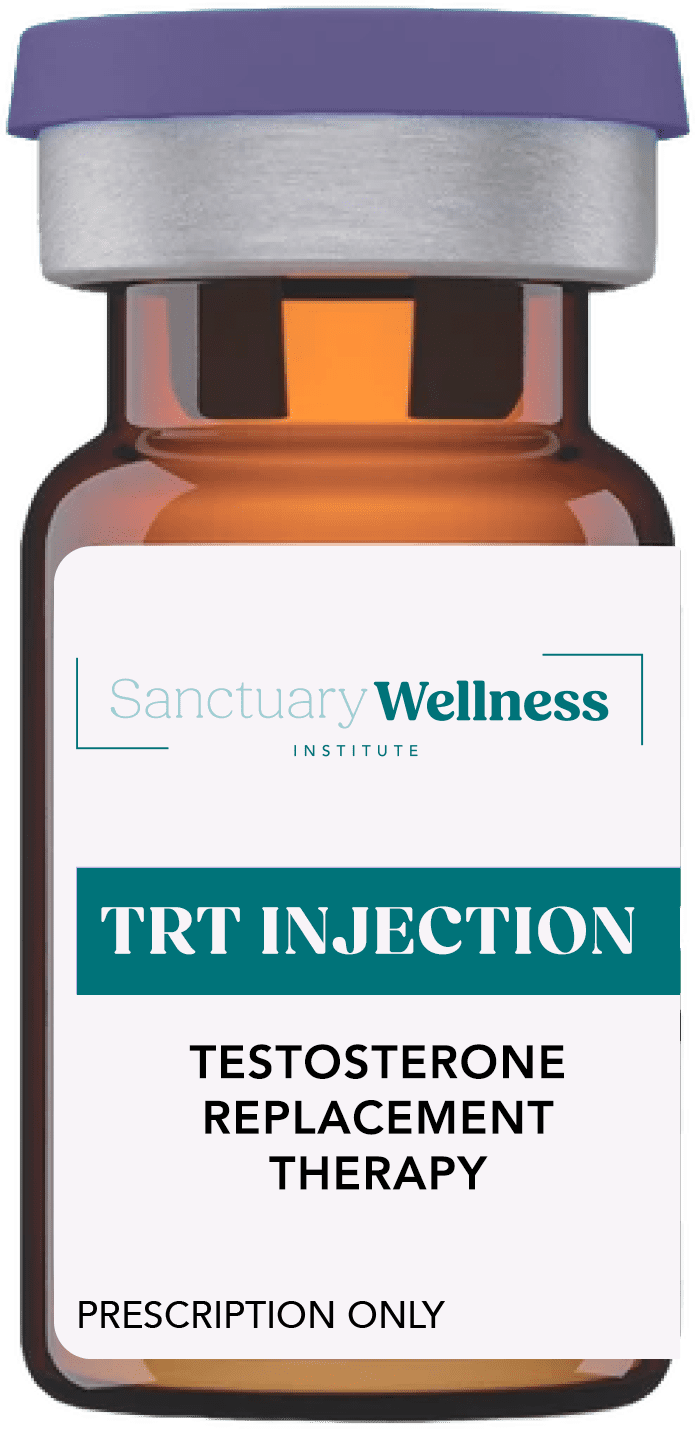What Qualifies as Low Testosterone for Men
Low testosterone—commonly known as Low T—occurs when the body does not produce enough testosterone to support healthy physical, mental, and sexual function. While individual levels vary, the American Urological Association (AUA) identifies a total testosterone level below 300 ng/dL as a reasonable clinical threshold for diagnosing testosterone deficiency. AUA Testosterone Deficiency Guideline1
A laboratory value alone is not enough to diagnose Low T. Healthcare providers also evaluate symptoms, medical history, and contributing factors. Many men experience signs such as low energy, reduced libido, difficulty building muscle, or changes in mood—symptoms that reflect testosterone’s important role in both physical and emotional well-being. Mayo Clinic – Male Hypogonadism2
Because testosterone levels naturally fluctuate throughout the day, accurate testing and professional evaluation are essential before beginning any treatment. A hormone specialist can determine whether your symptoms, medical history, and laboratory findings meet the criteria for testosterone deficiency and help create a treatment plan that is evidence-based, safe, and personalized to your needs.

Testosterone Levels After Injection
After a testosterone injection, your body gradually absorbs the hormone, leading to a steady rise in blood testosterone levels. Many providers aim for an optimal therapeutic range—often between 450 and 600 ng/dL—though the ideal level varies based on age, symptoms, and treatment goals.
Testosterone levels typically peak within 24 to 48 hours after an injection, then begin a slow and predictable decline—usually around 1–2% per day. This decrease continues until your next scheduled dose, which is why consistent dosing is essential for stable symptom relief and balanced hormone levels. Endocrine Society Clinical Guidelines – Testosterone Therapy3
Important Disclaimer
The information provided here is for educational purposes only and should not be considered medical advice. Testosterone Replacement Therapy (TRT) must be individualized and supervised by a licensed medical professional.
Do not begin, change, or discontinue hormone therapy without consulting your healthcare provider. For recommendations tailored to your specific health needs, schedule an evaluation with a qualified hormone specialist.